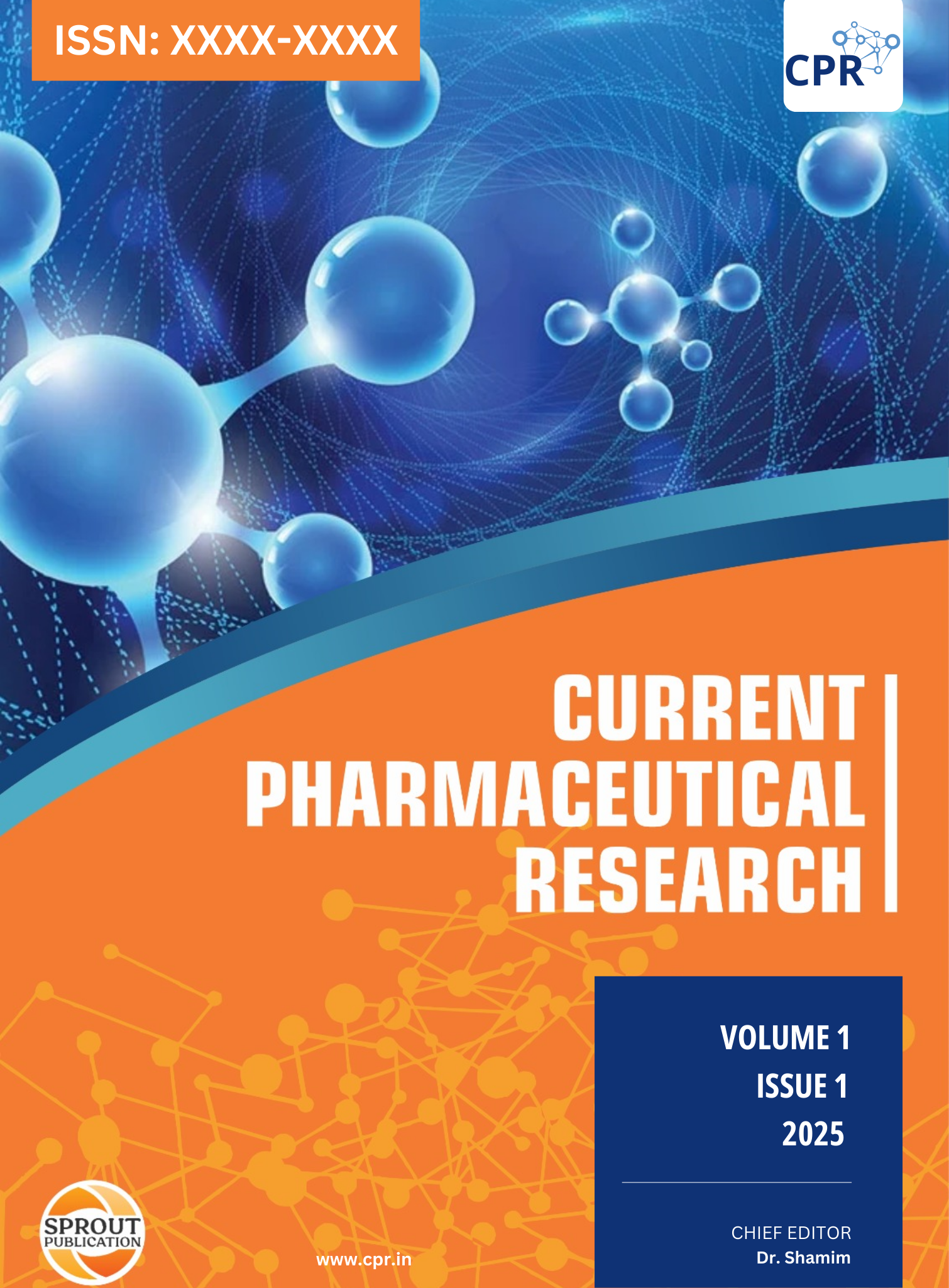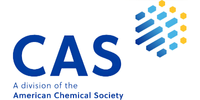Emerging Strategies for Targeted Drug Delivery across the Blood–Brain Barrier in Neurological Disorder
DOI:
https://doi.org/10.63785/cpr.2025.1.1.114Keywords:
Blood–Brain Barrier, Targeted drug delivery, Neurological disorders, Nanotechnology-based systems, Receptor-mediated transport, Focused ultrasoundAbstract
The Blood–Brain Barrier is an obstacle in the treatment of neurological disorders since it selectively only allows some substances to pass through. Its poor permeability greatly limits access of certain therapeutic agents in the brain. In order to successfully treat glioblastoma, Parkinson's disease, Alzheimer's disease, and other illnesses of the central nervous system, it will be crucial to overcome the Blood Brain Barrier. Recent developments in targeted drug delivery systems have presented promising potential for this challenge. Emerging strategies include nanotechnology-based systems, receptor-mediated transport, cell-penetrating peptides, focused ultrasound, and advanced carrier designs. Nanotechnology-based systems, including liposomes, polymeric nanoparticles, and SLNs, offer controlled drug release and improved bioavailability, while surface modifications enhance Blood–Brain Barrier penetration through receptor-specific targeting. By conjugating medications to ligands that attach to certain receptors on Blood–Brain Barrier endothelial cells, receptor-mediated transport strategies facilitate active transport across the barrier. Cell-penetrating peptides are short peptides that have been utilised to deliver a variety of medicinal substances because they can pass through cell membranes. When combined with microbubbles, focused ultrasounds can momentarily breach the Blood Brain Barrier, enabling tailored medication administration without the need for invasive procedures. In addition, sophisticated carrier designs like dendrimers and mesoporous silica nanoparticles enhance drug stability and provide prolonged release. These strategies have great promise in improving drug delivery into the brain, treatment efficacy, and minimizing side effects.
Downloads
Published
Issue
Section
License

This work is licensed under a Creative Commons Attribution-NonCommercial 4.0 International License.






